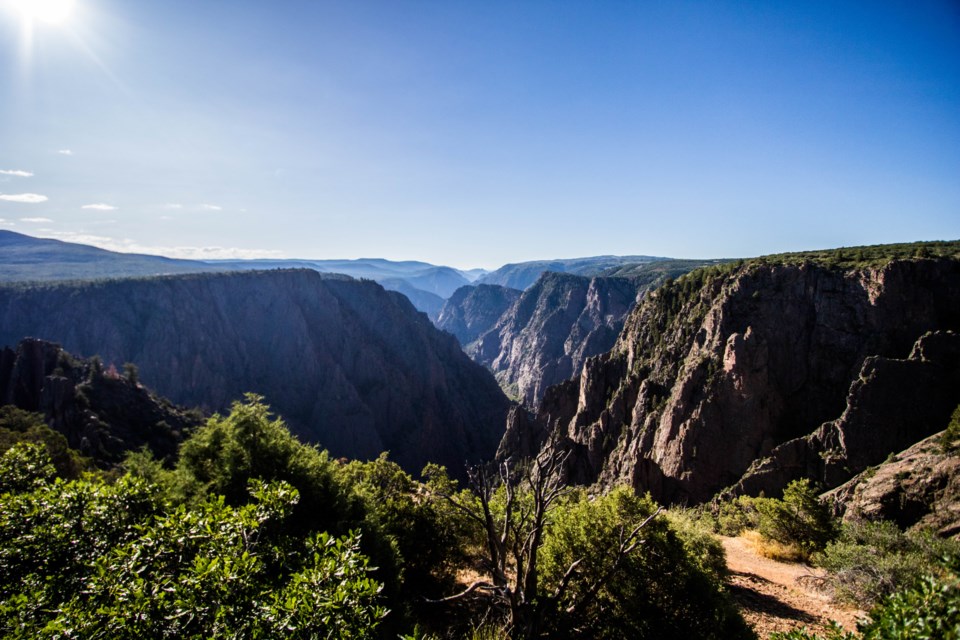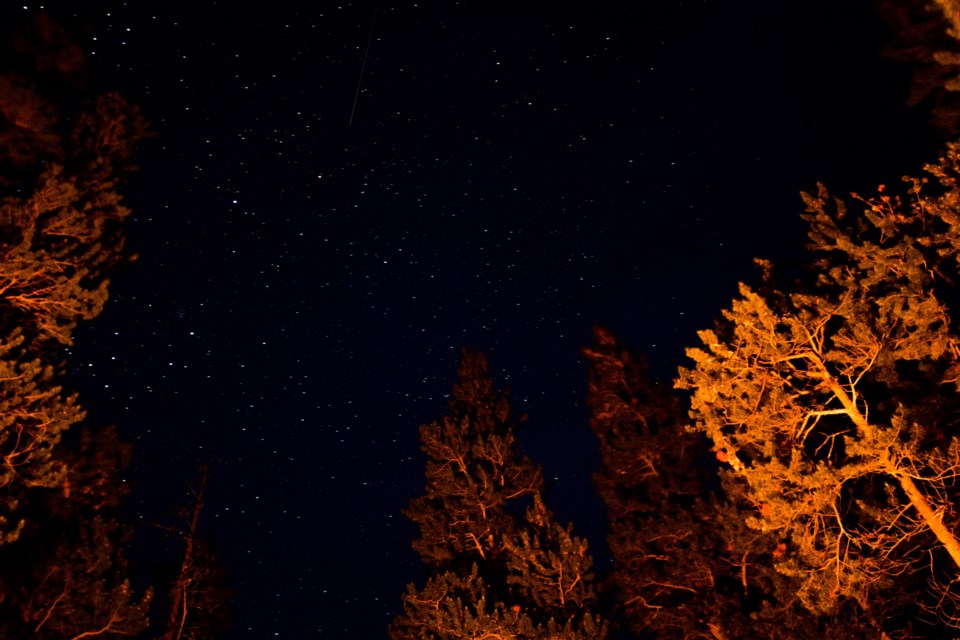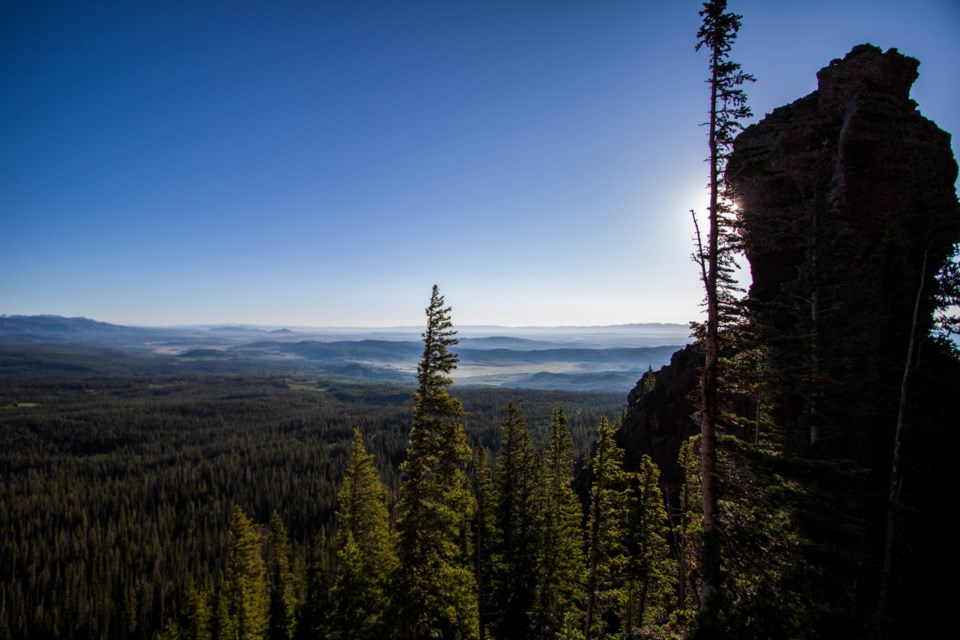The start of a new year is traditionally a time for making resolutions. It also can be a prime opportunity for planning new adventures in the great outdoors.
While day trips can be fun, spur-of-the-moment adventures, bigger treks benefit from logistical forethought. Making sure vacation time is on the books, learning the routes and physical preparation are key to successful adventuring.
Longmont resident Andrew Mulligan has more than a few adventures planned for his year.
“I usually take three to six months off out of the year,” he said. “This year I want to do a week-long diving trip, but I’m also planning on doing parts of the Appalachian or Pacific Crest Trail.”
The Pacific Crest Trail is 2,650 miles of National Scenic Trail stretching from Canada to Mexico, crossing Washington, Oregon, and California. With long stretches of steep, isolated terrain and biomes ranging from alpine glaciers to arid desert, preparation is essential for such a serious endeavor.
Mulligan has already started his training, even if he hasn’t settled on the adventure itself. Day hikes are more than just a way to stretch the legs and breathe some fresh air in Colorado sunshine. Five- to 10-mile hikes with weighted packs — at least 50 pounds before water is added — also serve as exercises to get in shape for longer journeys.
“Hall Ranch, just outside of Lyons, is my favorite trail to practice with,” Mulligan said. “Some rugged terrain, great elevation gain and gorgeous scenery with just over 10 miles of trail if you do the whole loop.”
 Black Canyon of the Gunnison National Park. By Matt Maenpaa
Black Canyon of the Gunnison National Park. By Matt Maenpaa“I completed a portion of the hike with my family this year,” Steamer said. “We made it to Loch Vale, which is 2.8 miles in. With an 8-year-old in the chilly winter, that was our stopping point.
“To be honest, I was pretty obliterated by just that portion, so my hope is to prepare my body for the rigors of the full hike,” she said. “I’m definitely a beginner when it comes to hiking, and one thing that I plan to train for is potentially having to climb the frozen Timberline Falls.”
Endurance training with weighted vests and trekking poles is on the docket, though Steamer has the advantage of being a professional fitness trainer. Strength training and trail running are added to her weekly regimen, along with plans to tackle the hike at least once through in the summer to gain familiarity.
Christy Felton, a writer and Longmont native, keeps a varied training regimen to accommodate her adventurous pursuits.
“I’m deep into squats for snowboarding,” Felton said. “And I wear ankle weights when I go walking to prep for snowshoeing.”
 Stars over Iron City Campground in Nathrop. By Matt Maenpaa
Stars over Iron City Campground in Nathrop. By Matt Maenpaa“Basically the first line is: you don’t have to apologize for taking up space on the trail,” she said.
Felton said she trains with bags of rice and pillows, to simulate gear without compressing her sleeping bag. For her guide, she wanted to emphasize that it isn’t weight-loss oriented. “It is a ‘do the things you love in the body you are in’ guide.
“I keep talking about starting where you are,” she said. “If a walk to the mailbox is far for you, start there and keep adding. Walk on flat terrain in local parks and slowly add inclines. Train with weight if backpacking is the ultimate goal.”
Though her guide is still in draft, Felton has plans to finish it sooner rather than later. She is confident in her methods though.
“I believe in overtraining so that the goal hike is more enjoyable,” she said.Whether the goal is immediate or in the future, planning for adventure is the first step. What are your adventurous resolutions for 2021?



